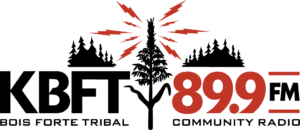Anishinaabe Word of The Day
Balsam Fir (zhingob)
Balsam fir is a small to medium-size evergreen tree typically 14–20 metres (46–66 ft) tall, occasionally reaching a height of 27 metres (89 ft). The narrow conic crown consists of dense, dark-green leaves. The bark on young trees is smooth, grey, and with resin blisters (which tend to spray when ruptured), becoming rough and fissured or scaly on old trees. The leaves are flat and needle-like, 15 to 30 mm (5⁄8 to 1+1⁄8 in) long, dark green above often with a small patch of stomata near the tip, and two white stomatal bands below, and a slightly notched tip. They are arranged spirally on the shoot, but with the leaf bases twisted so that the leaves appear to be in two more-or-less horizontal rows on either side of the shoot. The needles become shorter and thicker the higher they are on the tree. The seed cones are erect, 40 to 80 mm (1+1⁄2 to 3+1⁄4 in) long, dark purple, ripening brown and disintegrating to release the winged seeds in September.


